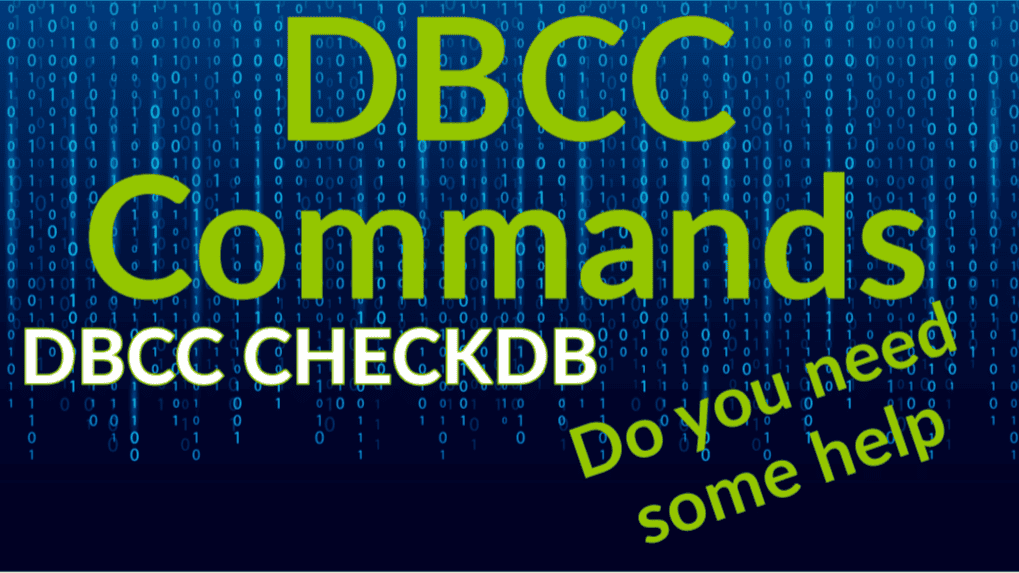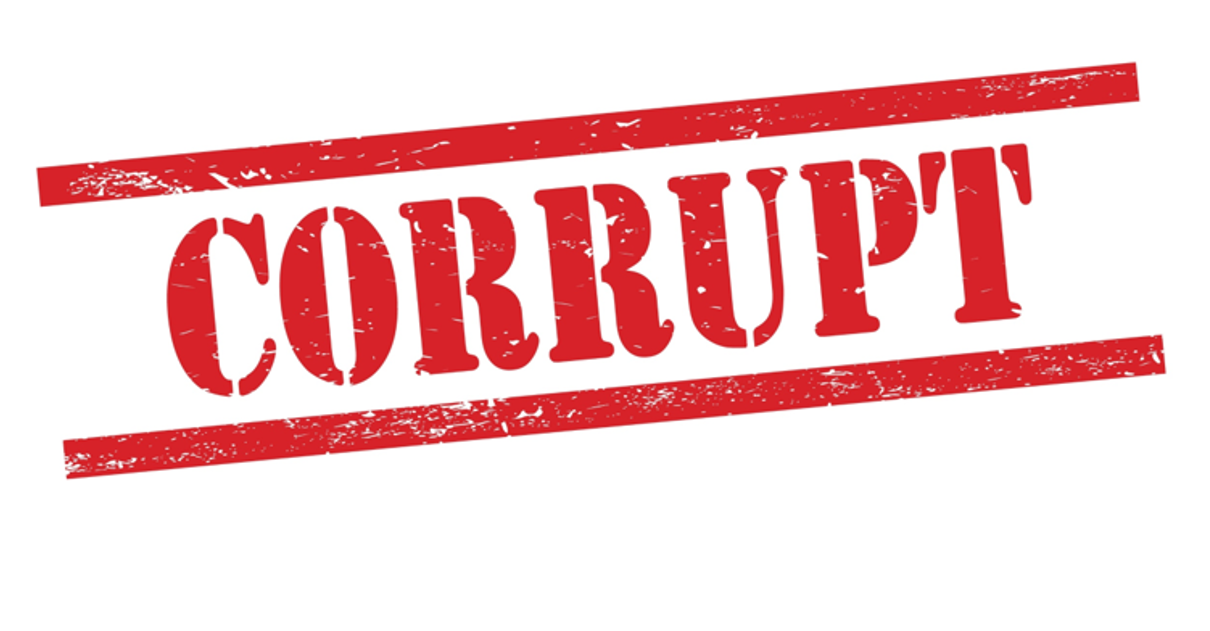DBCC CHECKDB with REPAIR_ALLOW_DATA_LOSS: What It Does and Why You Should Avoid It
Database Corruption can cause serious headaches for SQL Server administrators. While SQL Server provides powerful tools like DBCC CHECKDB to diagnose and repair Corruption, one of its options—REPAIR_ALLOW_DATA_LOSS—should be used with extreme caution. This repair option comes with significant risks, and in most cases, it’s best to avoid it.
In this blog post, we’ll explain what REPAIR_ALLOW_DATA_LOSS does, how to use it, why you should think twice before using it, and why calling the experts at Stedman Solutions is the best approach when dealing with a damaged database.
What Is REPAIR_ALLOW_DATA_LOSS?
REPAIR_ALLOW_DATA_LOSS is the most aggressive repair option available with DBCC CHECKDB. When database corruption is detected, this option attempts to repair the database by removing corrupted data, pages, or objects to restore the database’s structural integrity.
While it may make the database functional again, the name says it all: data loss is not only possible, but likely. This option is typically considered a last resort.

What REPAIR_ALLOW_DATA_LOSS Fixes
This option is used to address severe corruption issues, such as:
- Corruption in data pages that cannot be repaired by other means.
- Severely damaged system tables or clustered indexes.
- Broken allocation pages or file header issues that prevent the database from functioning.
For example, if a data page is unreadable due to corruption, REPAIR_ALLOW_DATA_LOSS may delete the affected page to restore the rest of the database.
How to Use REPAIR_ALLOW_DATA_LOSS
Using REPAIR_ALLOW_DATA_LOSS involves several steps:
- Run DBCC CHECKDB Without Repair Options:
DBCC CHECKDB ('YourDatabaseName') WITH NO_INFOMSGS, ALL_ERRORMSGS;This command identifies the corruption and reports whether REPAIR_ALLOW_DATA_LOSS is required.
- Review the Results: Understand the scope of the corruption and the potential data loss involved.
- Set the Database to SINGLE_USER Mode:
ALTER DATABASE YourDatabaseName SET SINGLE_USER WITH ROLLBACK IMMEDIATE; - Run DBCC CHECKDB with REPAIR_ALLOW_DATA_LOSS:
DBCC CHECKDB ('YourDatabaseName', REPAIR_ALLOW_DATA_LOSS);This will perform the repairs by removing or discarding corrupted data.
- Return the Database to MULTI_USER Mode:
ALTER DATABASE YourDatabaseName SET MULTI_USER; - Recheck the Database: Run DBCC CHECKDB again to confirm that all Corruption has been resolved.
Why You Should Not Use REPAIR_ALLOW_DATA_LOSS
While REPAIR_ALLOW_DATA_LOSS can resolve severe Corruption, it is not a solution to be taken lightly. Here’s why:
- Data Loss is Guaranteed: Any data affected by corruption will be permanently deleted, and there is no way to recover it through this process.
- Unpredictable Results: You won’t know exactly what data has been removed until the process is complete, potentially leaving your application in an unstable state.
- Business Impact: Deleting critical data can disrupt operations, especially if the removed data is vital to your business processes.
- Backup is a Better Option: In most cases, restoring from a clean BACKUP is far safer and more reliable than attempting repairs that may compromise your data.
Bottom Line: REPAIR_ALLOW_DATA_LOSS should be your last resort, used only when there are no viable BACKUPs or other options available.
Why Call Stedman Solutions?
When dealing with database corruption, you need a team of experts who can provide the safest and most effective solutions. At Stedman Solutions, we specialize in SQL Server database repair and recovery. Here’s why you should trust us:
- Decades of Experience: With over 34 years of SQL Server expertise, we’ve resolved countless corruption cases.
- Safe Recovery Strategies: We prioritize data integrity and minimize data loss, using advanced techniques to repair and recover your database.
- Proven Tools: We leverage tools like Database Health Monitor to diagnose corruption and provide a tailored repair plan.
- Backup and Prevention: We help you create robust BACKUP strategies and monitoring systems to avoid future issues.
- Peace of Mind: Let us handle the complexities of database repair while you focus on running your business.

Final Thoughts
While DBCC CHECKDB with REPAIR_ALLOW_DATA_LOSS can resolve severe corruption, its risks make it a tool of last resort. In most cases, restoring from a clean BACKUP or Consulting with experts is a far better choice.
If you’re dealing with database corruption, don’t gamble with your data. Contact Stedman Solutions today for professional assistance. We’ll help you repair and recover your database with minimal impact on your data and operations.
Stay proactive by monitoring your SQL Server environment with Database Health Monitor. With the right tools and expert support from Stedman Solutions, you can keep your databases safe and healthy.
Need help? Reach out and contact us.
We can help, just contact us and we can discuss options avialable from Stedman Solutions, LLC.
Are you ready to safeguard your SQL Server databases against corruption? Enroll in our “Preparing for Corruption on SQL Server” course at Stedman Solutions, LLC. This comprehensive course is designed to equip you with the essential skills and knowledge to detect, prevent, and recover from database corruption. You’ll gain hands-on experience and learn from real-world scenarios that I, Steve Stedman, have encountered over decades of SQL Server expertise. Don’t wait for disaster to strike—be proactive and ensure your databases are protected.
Sign up today at https://stedman.us/corruption and take the first step towards mastering database resilience!


